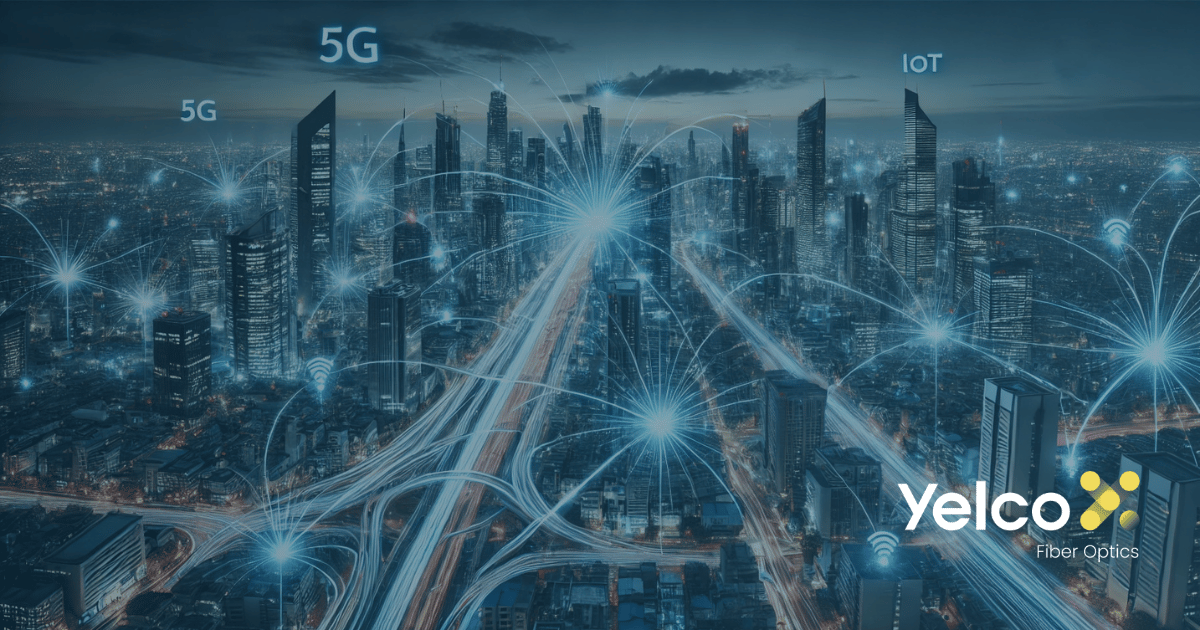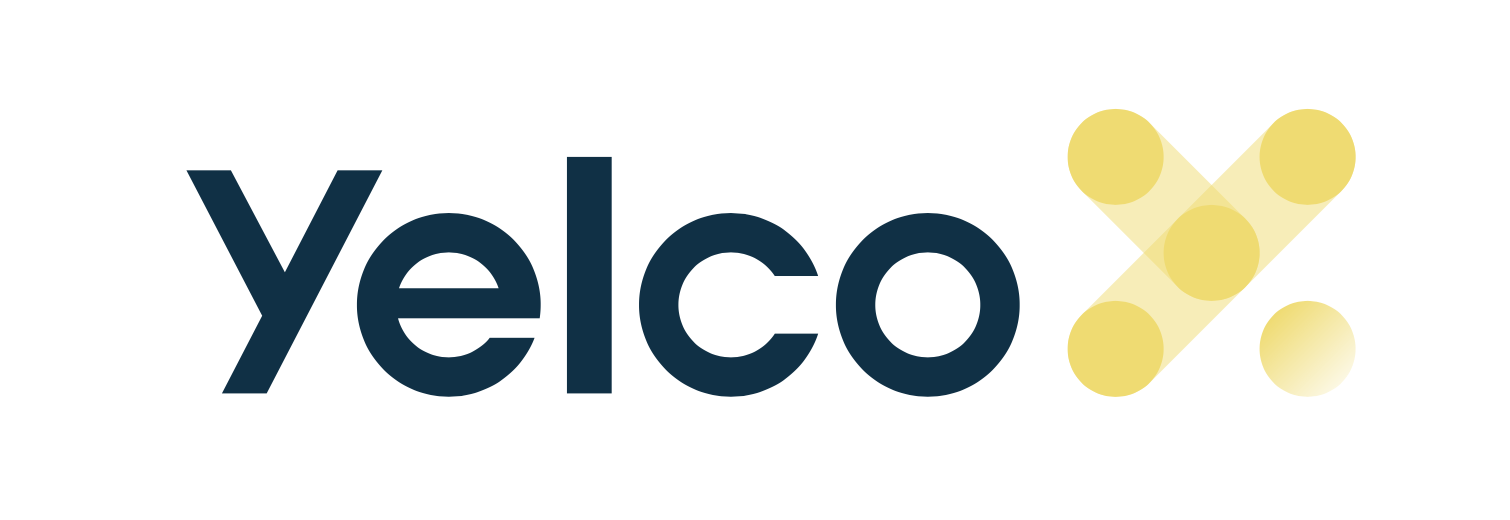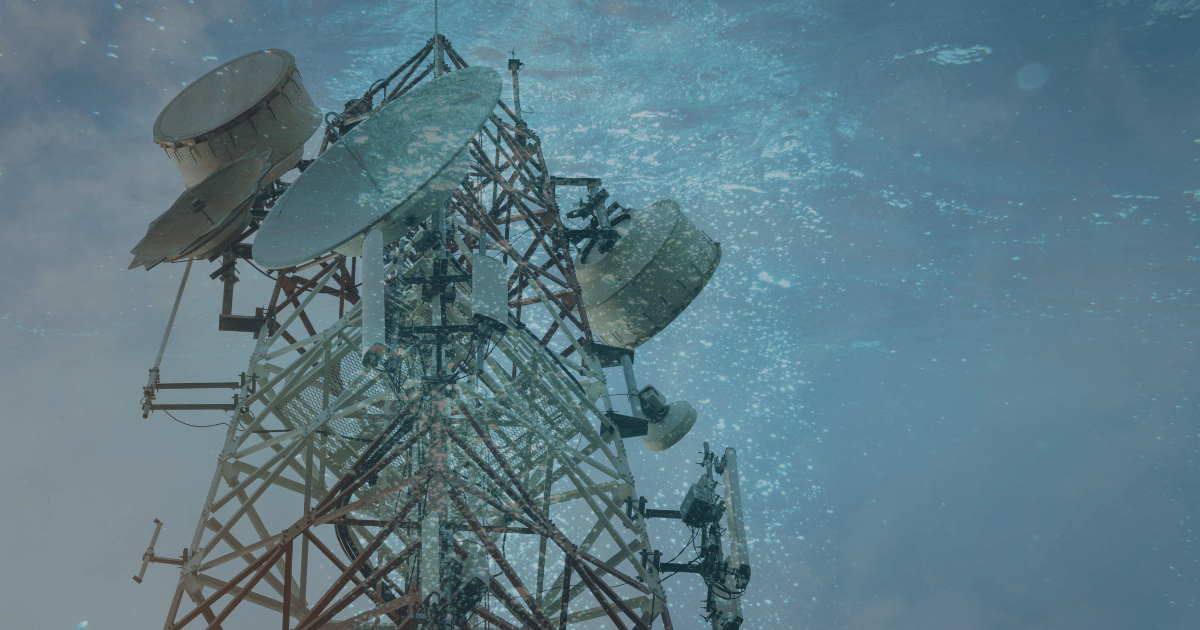What customers really want in fiber optic solutions: Speed, durability, and customization.

The telecommunications industry faces increasing demand for high-performance infrastructure. Customers seeking fiber optic solutions prioritize three key features: high-speed fiber optics, exceptional durability, and extensive customization. This article explores how these elements are essential in meeting the evolving needs of both individual consumers and large-scale operations.
High-Speed Fiber Optics: The Need for Speed
In the realm of digital communications, speed is king. High-speed fiber optics provide the backbone for burgeoning technologies such as 5G, IoT, and beyond. Customers demand fast data transmission that can handle the load of real-time, high-bandwidth applications without lag. From streaming ultra-high-definition videos to enabling complex cloud-based operations, the high-speed fiber optics capability is not just a luxury but a necessity for modern businesses and tech-savvy households alike.
Facilitating Emerging Technologies
High-speed fiber is crucial for 5G networks, enabling faster internet speeds, lower latency, and greater capacity. This capability is vital for industries reliant on precise, real-time data, such as finance and healthcare, where delays can have significant consequences.
Enhancing Consumer Experiences
For consumers, fiber optics power high-definition streaming, virtual and augmented reality, and smart home technologies, providing seamless, immersive experiences. These applications depend on the robust data capabilities of fiber optics to function without lag, enhancing user engagement and satisfaction.
Supporting Cloud-Based Operations
In the business realm, fiber optics are integral to cloud computing, facilitating efficient data flow between data centers and users. This ensures reliable access to cloud services for real-time collaboration and operational flexibility, critical for modern businesses leveraging cloud technology for competitive advantage.
Durable Fiber Optics: Built to Last
However, speed without durability isn’t enough. Customers need assurance that their investment in fiber optic infrastructure won’t be compromised by physical or environmental challenges. Durable fiber optics are designed to withstand harsh conditions, whether they’re installed in bustling urban centers or stretched across remote areas. This involves using robust materials that can endure extreme temperatures and mechanical stresses, ensuring long-term reliability. Let's take a deeper look into each of these characteristics:
Robust Against Harsh Conditions
In cities, fiber optic cables can resist electromagnetic interference, while in less accessible areas, they withstand extreme weather, moisture, and physical disturbances. This resilience is achieved through the use of robust materials like specially coated glass or plastic fibers, and additional protective layers that prevent physical damage.
Material and Design Innovations
Armored layers and protective coatings shield against abrasions and environmental impacts, significantly reducing maintenance needs and extending the network's lifespan. Moreover, system designs often include redundancy to ensure uninterrupted service, even if one part of the network fails.
Long-Term Benefits
The use of durable materials and thoughtful design not only minimizes the need for frequent replacements but also maintains consistent, high-quality data transmission. This reliability is crucial for supporting critical applications across various sectors, ensuring that fiber optic networks provide a sound long-term investment.
Custom Fiber Optic Solutions: Tailoring to Unique Needs
Every customer's needs are unique, making custom fiber optic solutions a significant selling point. Whether it’s adapting to specific architectural nuances of a building, catering to the environmental demands of an industrial site, or integrating with existing legacy systems, customization allows for optimal network performance tailored to specific operational requirements. Services can include fiber optic network design that varies bandwidth, integrates smart fiber solutions, and uses specialized components to meet diverse operational demands.
Integrating Advanced Technologies
The integration of smart fiber solutions through technologies like Dynamic Spectrum Allocation (DSA) and Network Function Virtualization (NFV) plays a pivotal role in enhancing the efficiency and adaptability of fiber optic networks. DSA optimizes bandwidth usage dynamically based on real-time data demands, which is crucial for energy efficiency and cost-effectiveness. Similarly, NFV offers enhanced flexibility by virtualizing network functions, which reduces physical infrastructure and allows for easier scalability and maintenance.
Challenges and Considerations
While the benefits are substantial, integrating high-speed, durable, and customized fiber optics is not without its challenges. The initial cost and complexity of installing a fully customized fiber optic network can be significant. Moreover, maintaining such a network requires specialized skills and ongoing management, which can add to operational costs.
Customizable fiber optic solutions are foundational to the development and expansion of smart cities. By providing tailored, efficient, and scalable communication infrastructures, these technologies play a crucial role in transforming urban environments into interconnected, intelligent spaces.
This comprehensive examination highlights the transformative potential of tailored fiber optic solutions within smart city frameworks, emphasizing their impact on connectivity, sustainability, and urban management.
Explore Our Solutions
At our Yelco Fiber Optics shop, we offer a range of customizable fiber optic solutions tailored to meet your specific needs. Visit us to discover how our cutting-edge solutions can enhance connectivity and efficiency for your operations.


